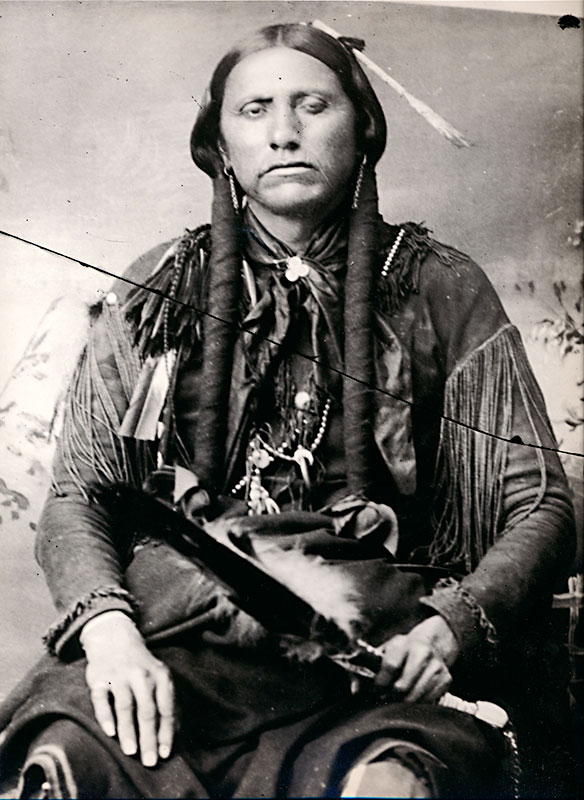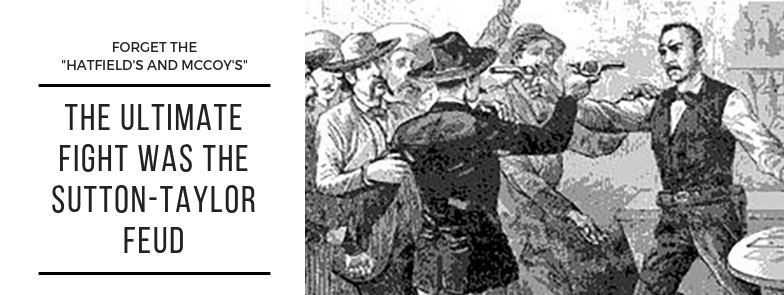
In the years following the Civil War, reconstruction came to Texas and tensions ran high between the new government that controlled Texas and the local citizens who found it hard to let go of their prejudices and hatred of the Yankees, whom they saw as interlopers interfering with their homes and livelihoods. Times were hard and money was scarce, but the cattle business was one area that seemed to be thriving, so many resorted to horse and cattle theft to make ends meet. In this atmosphere of hardship and hostility, it didn’t take much for minor disagreements to turn into shooting fights, and that’s just what happened between the Taylors and Suttons.

What kicked off the feud has been lost to history, but it seems likely that it had to do with land, cattle, and a lot of hard feelings brought about by reconstruction. The Taylor family was led by Pitkin Taylor, whose brother, Creed, was a famous Texas Ranger. William Sutton, a former Confederate soldier and rancher, headed the Sutton family. William Sutton became a deputy sheriff of DeWitt county, and on March 25, 1868, he killed Charley Taylor while arresting him for horse theft. On Christmas Eve of that year, Sutton killed Buck Taylor and Dick Chisholm in Clinton, Texas, over the legality of some horses that were in their possession.
Sutton worked closely with the newly formed State Police Force under Jack Helm, who were tasked with enforcing reconstruction, which made them very unpopular with the locals, so Sutton’s part in the killings of these men was looked on with great suspicion. Jack Helm and the State Police Force were seen as little more than hired guns for the Sutton family, and the seeds for a violent feud were sown.
During the early days of the “old west,” law and men to enforce the law were in short supply, so when trouble arose, it fell to each individual to seek justice for himself and his family. When satisfaction was demanded over some dispute, entire communities sometimes were divided along family lines, and minor infractions often erupted into vicious feuds, which could last for years and lead to the deaths of many people on both sides. This month’s blog is about such a feud that took place in South Texas during the 1860’s and 1870’s between the Taylor and Sutton families.
The State Police killed Jack Hays Taylor on August 23, 1869 on charges of cattle rustling, and then on August 26, 1870, they arrested Henry and William Kelly, sons-in-law of Pitkin Taylor, on what seemed to be trumped up charges. However, the two men never saw the inside of a jail cell. They were instead executed by the State Police, supposedly on orders of Jack Helm. He was relieved of command of the force over the incident but held on to his position as Dewitt County Sheriff, leaving William Sutton as the head of the State Police.
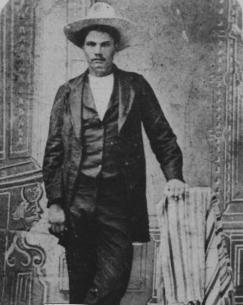
In the Summer of 1872, Pitkin Taylor was lured from the safety of his home and gunned down by Sutton men, dying of his wounds six months later. Jim Taylor swore vengeance over his father’s death and went after those he thought responsible. He shot and wounded William Sutton on April 1, 1873, and then, with the help of John Wesley Hardin, he shot and killed Jack Helm.
William Sutton, in fear for his life and tired of the killings, tried to leave Texas by steamer on March 11, 1874, but he and close friend Gabriel Slaughter were gunned down by Jim and Billy Taylor, dying in front of their wives. In retaliation for the murder of William, several Sutton partisans lynched three Taylor men as they were driving a herd of cattle.
On November 11, Reuben H. Brown, the new leader of the Sutton faction and marshal of Cuero, Texas was shot and killed in the Exchange Saloon by John Wesley Hardin, and then a month later, John Taylor and a friend were shot down in Clinton.
The last known killings as part of the feud occurred on September 19, 1876, when Philip Brassell, a respected doctor and friend of the Taylors and his son George, were taken from their home and executed by Sutton men. The community was outraged by these murders and demanded that something be done to end the killings. The newly reinstated Texas Rangers stepped in and finally negotiated a peace treaty, ending the feud for good. The Taylor side lost a total of 22 men, while the Suttons lost 13, but as with all feuds, neither side could claim a victory, and in the end, all those who were there at the start were consumed by the flames of their own violence.
At their core, communities are built on laws and those that enforce them, and the Taylor-Sutton Feud shows the worst of what can happen in the absence of law and order. Thank you for joining me for another stroll through Texas history. Now, saddle up, get out there, and enjoy all that the great state of Texas has to offer.
©04/01/2019
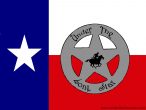
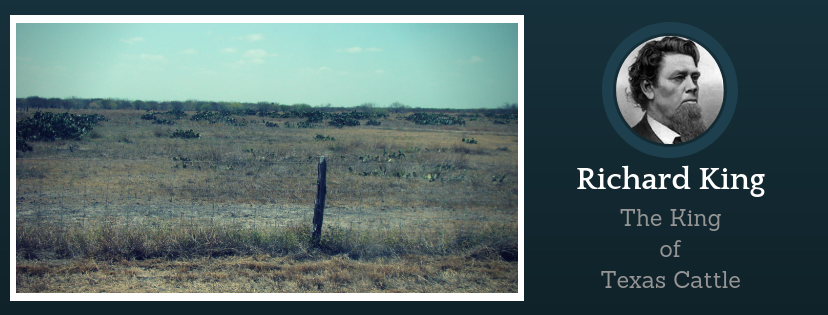

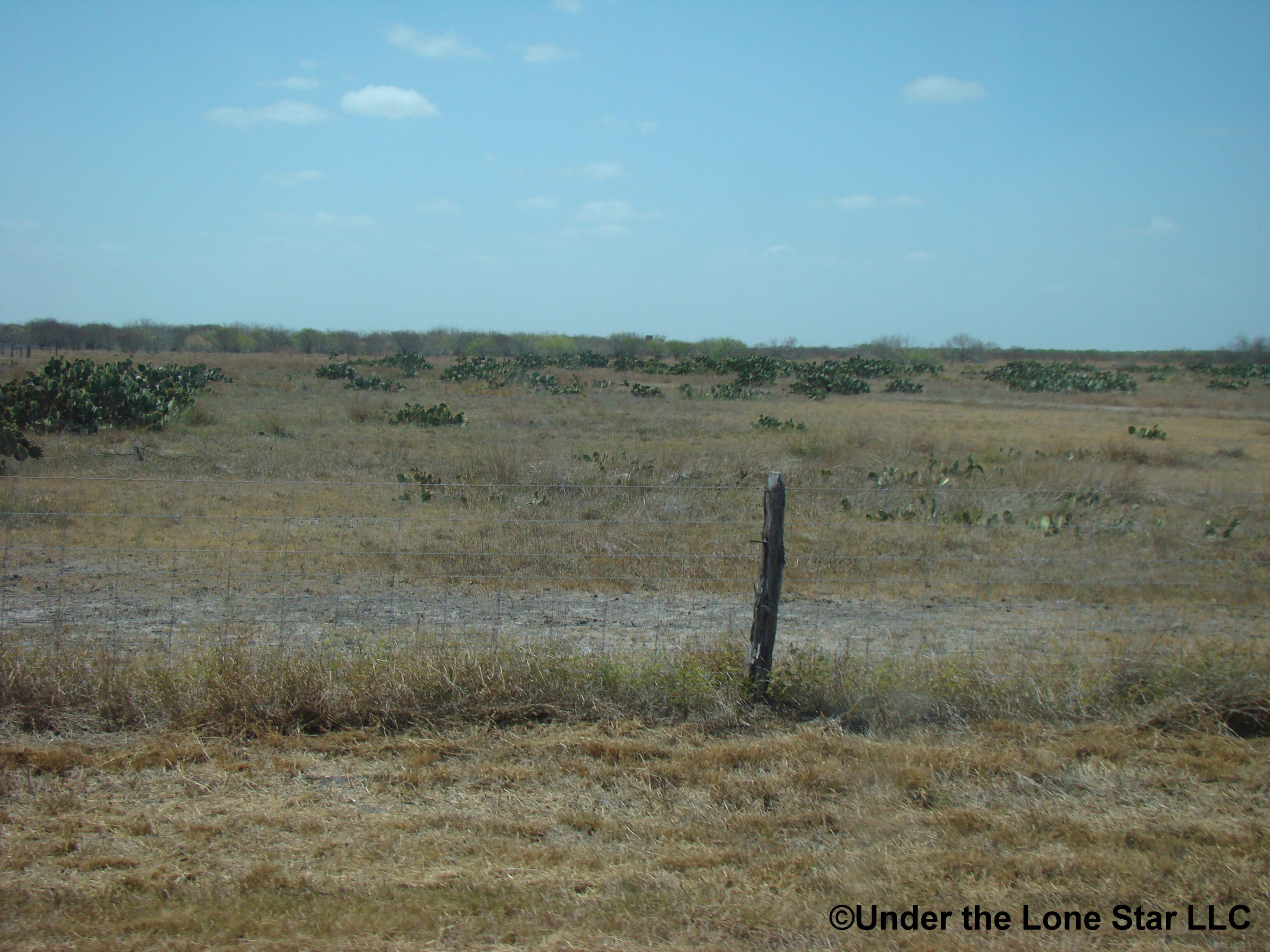

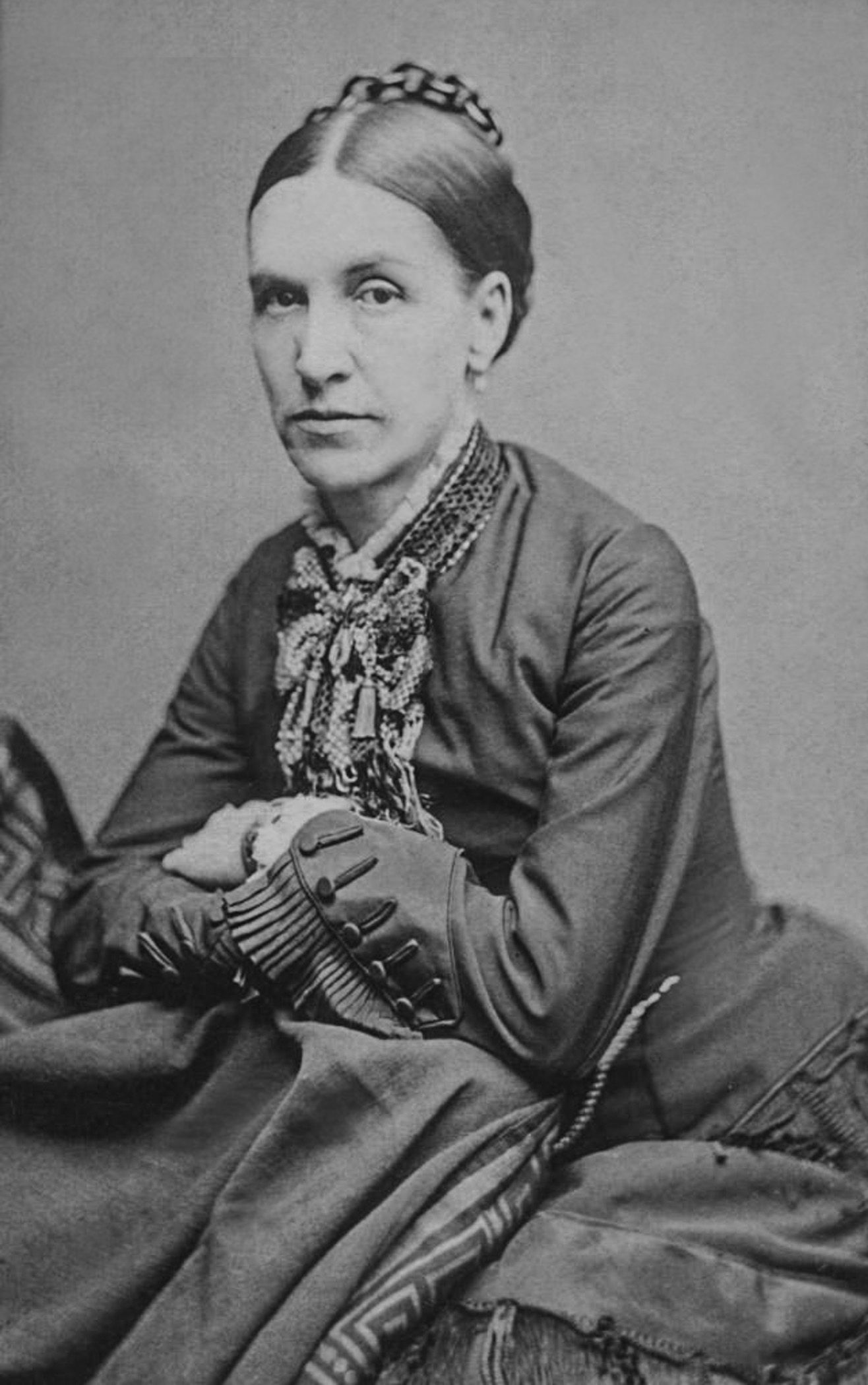
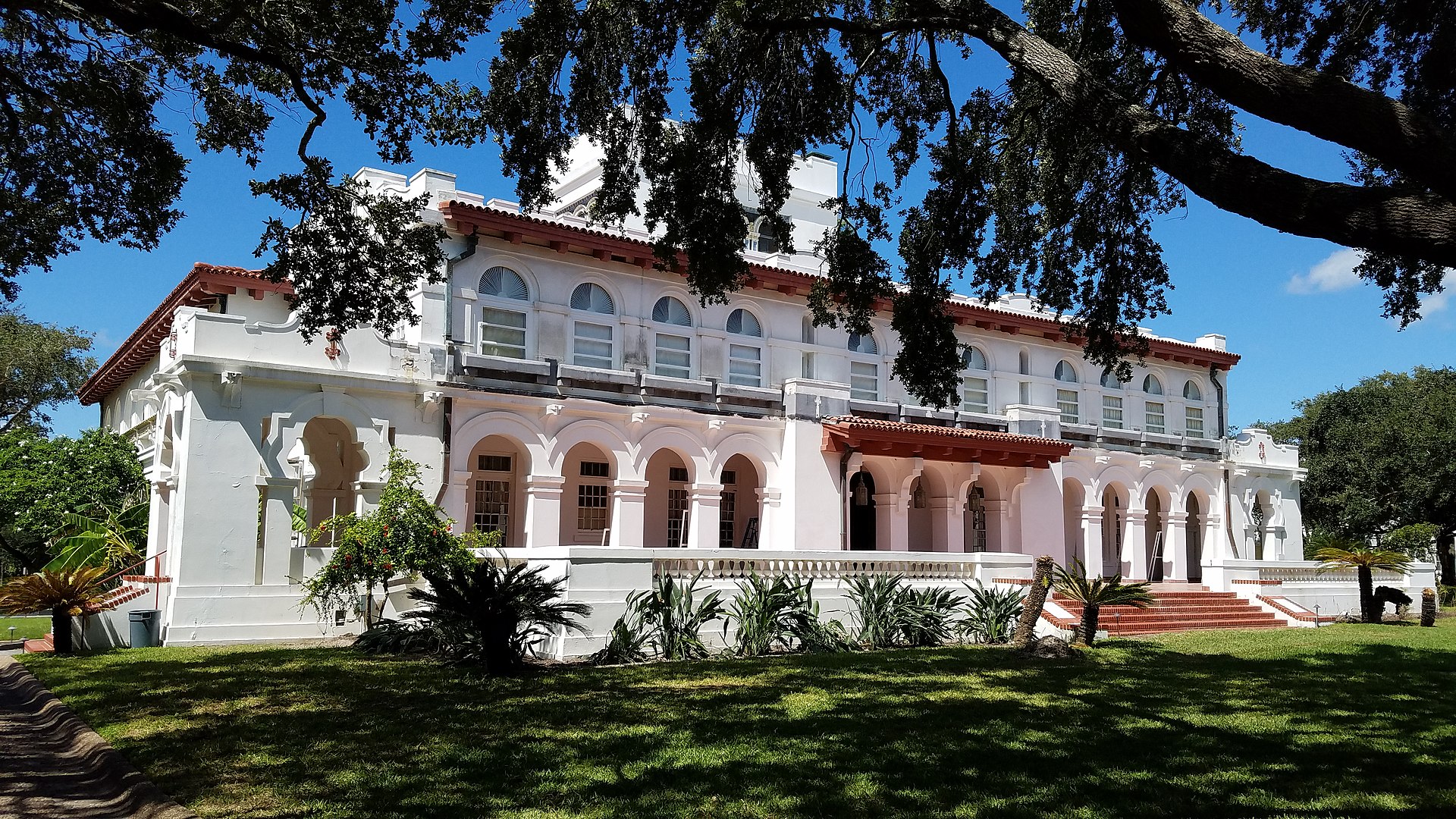
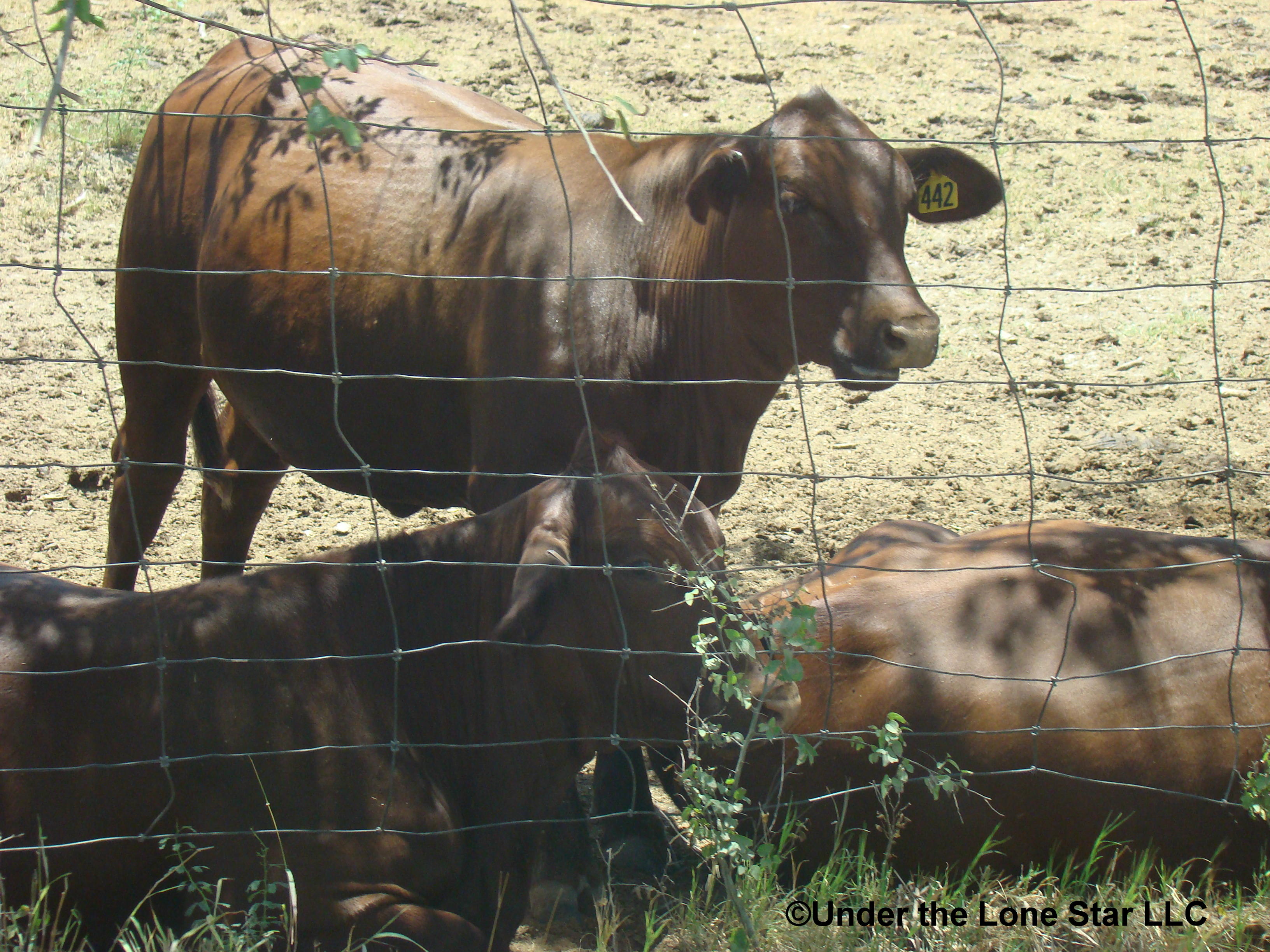

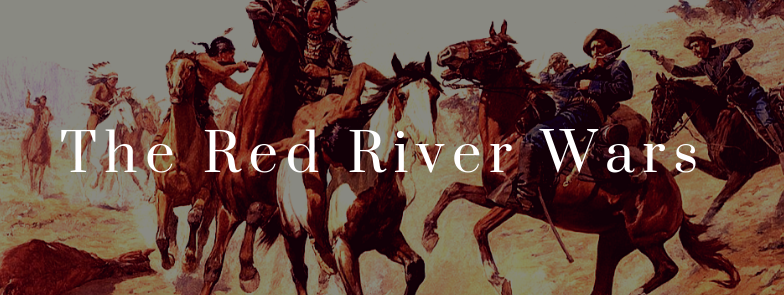



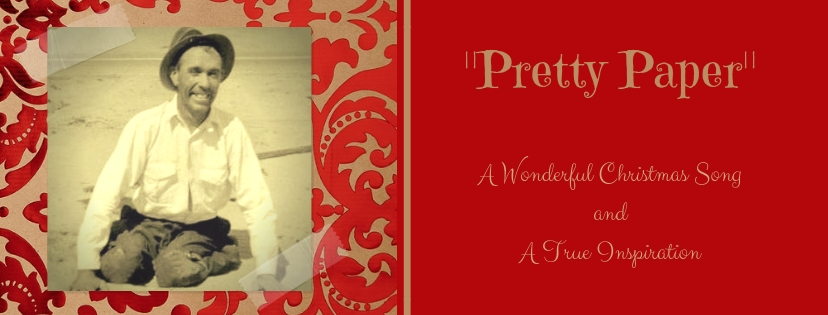
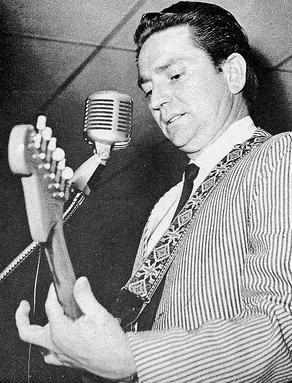
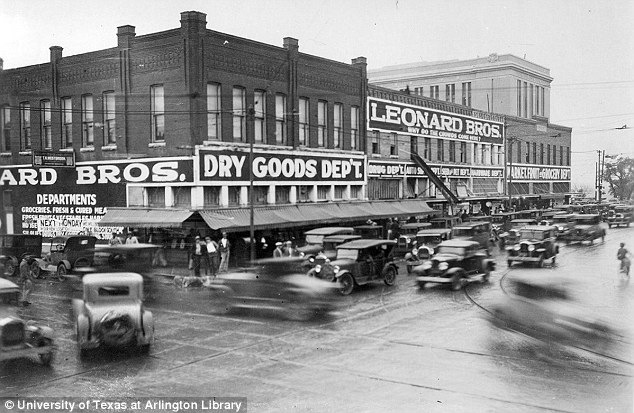

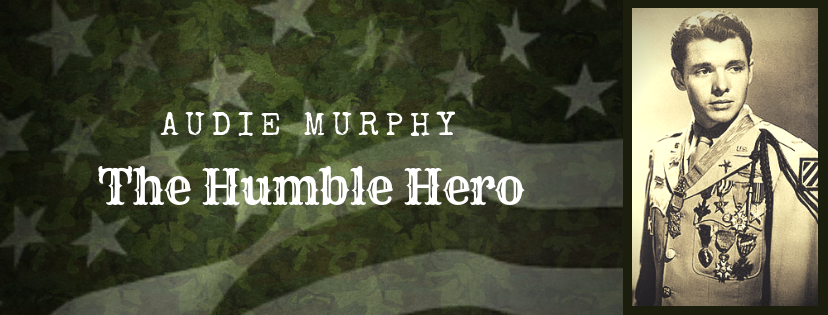
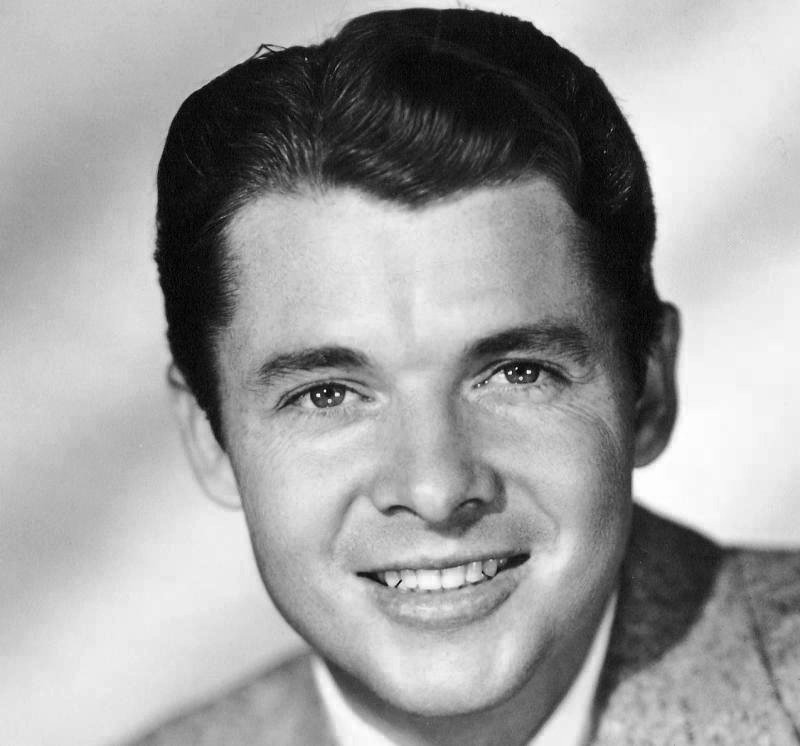 Audie Leon Murphy was born on June 20, 1925 in Kingston, Texas, to a family of sharecroppers. After the Japanese bombed Pearl Harbor on December 7, 1941, Murphy, like so many, felt the call to enlist in the military, but the Army, Navy, and Marines all rejected him for service due to being underweight and underage. Undeterred, Murphy, with the help of his sister, produced a falsified birth certificate and enlisted in the Army on June 30, 1942.
Audie Leon Murphy was born on June 20, 1925 in Kingston, Texas, to a family of sharecroppers. After the Japanese bombed Pearl Harbor on December 7, 1941, Murphy, like so many, felt the call to enlist in the military, but the Army, Navy, and Marines all rejected him for service due to being underweight and underage. Undeterred, Murphy, with the help of his sister, produced a falsified birth certificate and enlisted in the Army on June 30, 1942.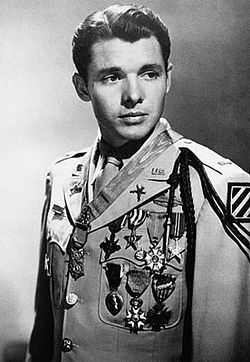 After shipping out for Europe, Audie quickly became a legend in the Army’s 3rd Infantry Division. He fought in nine engagements across the European theatre, was wounded three times, and is credited with over 240 enemy kills. Murphy is widely considered to be the best combat soldier produced by any branch of the military, rising from the rank of Private to Staff Sergeant, eventually receiving a battle field commission as a 2nd Lieutenant. On September 21, 1945, he was released from active duty, having received 33 awards and decorations for conspicuous valor, every one that the United States military has to offer, including the Medal of Honor.
After shipping out for Europe, Audie quickly became a legend in the Army’s 3rd Infantry Division. He fought in nine engagements across the European theatre, was wounded three times, and is credited with over 240 enemy kills. Murphy is widely considered to be the best combat soldier produced by any branch of the military, rising from the rank of Private to Staff Sergeant, eventually receiving a battle field commission as a 2nd Lieutenant. On September 21, 1945, he was released from active duty, having received 33 awards and decorations for conspicuous valor, every one that the United States military has to offer, including the Medal of Honor.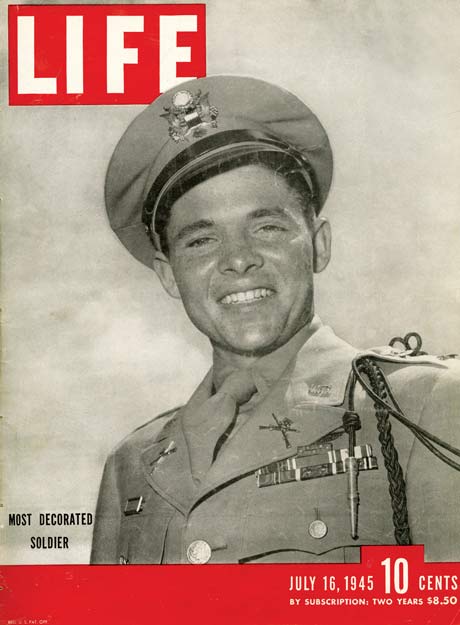 Audie Murphy returned home to a heroes’ welcome, even making the cover of Life Magazine, and it was this cover that caught the eye of movie star James Cagney, who reached out to Murphy and urged him to move to Hollywood and try his hand at acting. His first starring roll came in 1949, and in a career that spanned 25 years, he made 44 motion pictures, mostly westerns and war films. His autobiography, To Hell and Back, became a best seller and was turned into a movie, with Murphy portraying himself in the staring role. It became Universal’s highest grossing film until being surpassed by Jaws in 1975.
Audie Murphy returned home to a heroes’ welcome, even making the cover of Life Magazine, and it was this cover that caught the eye of movie star James Cagney, who reached out to Murphy and urged him to move to Hollywood and try his hand at acting. His first starring roll came in 1949, and in a career that spanned 25 years, he made 44 motion pictures, mostly westerns and war films. His autobiography, To Hell and Back, became a best seller and was turned into a movie, with Murphy portraying himself in the staring role. It became Universal’s highest grossing film until being surpassed by Jaws in 1975.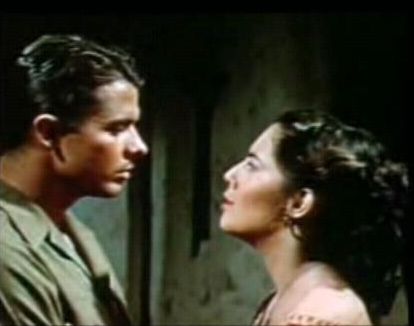


 The Devil’s Backbone is a scenic drive that follows a limestone ridge which runs from Blanco to Wimberley. It is wonderful drive that encompasses all the beauty that is found in the Hill Country. From the highway and several overlooks, one can look out over deep valleys where the limestone cliffs disappear beneath a canopy of live oak, pecan, and mesquite trees.
The Devil’s Backbone is a scenic drive that follows a limestone ridge which runs from Blanco to Wimberley. It is wonderful drive that encompasses all the beauty that is found in the Hill Country. From the highway and several overlooks, one can look out over deep valleys where the limestone cliffs disappear beneath a canopy of live oak, pecan, and mesquite trees. One such tale is of a hunter who had just climbed down from his tree stand at dusk and was walking back to his hunting cabin. While walking along the darkened trail, he sensed that he was not alone, and upon looking to his side, he saw a dark-skinned shirtless man less than ten yards from him. The man was clad in buckskin breeches and wore the war-paint of a Comanche brave.
One such tale is of a hunter who had just climbed down from his tree stand at dusk and was walking back to his hunting cabin. While walking along the darkened trail, he sensed that he was not alone, and upon looking to his side, he saw a dark-skinned shirtless man less than ten yards from him. The man was clad in buckskin breeches and wore the war-paint of a Comanche brave. Perhaps the strangest tale from the Devil’s Backbone is story of three men who were hiking one day when one of them became separated from the others. As he walked, he came upon a wolf, an animal that is not found in the area these days. As the man froze with both fear and curiosity, the wolf charged. As the wolf quickly approached his position, the man was certain he would soon be devoured, but as the predator leapt at him, instead of taking him down, the hiker felt the animal pass right through him. When the three friends were reunited, he breathlessly told his tale, but not surprisingly his two friends did not believe his story.
Perhaps the strangest tale from the Devil’s Backbone is story of three men who were hiking one day when one of them became separated from the others. As he walked, he came upon a wolf, an animal that is not found in the area these days. As the man froze with both fear and curiosity, the wolf charged. As the wolf quickly approached his position, the man was certain he would soon be devoured, but as the predator leapt at him, instead of taking him down, the hiker felt the animal pass right through him. When the three friends were reunited, he breathlessly told his tale, but not surprisingly his two friends did not believe his story.



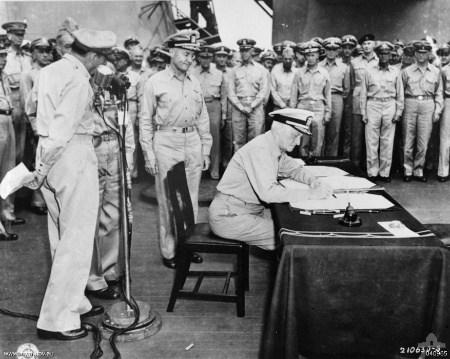

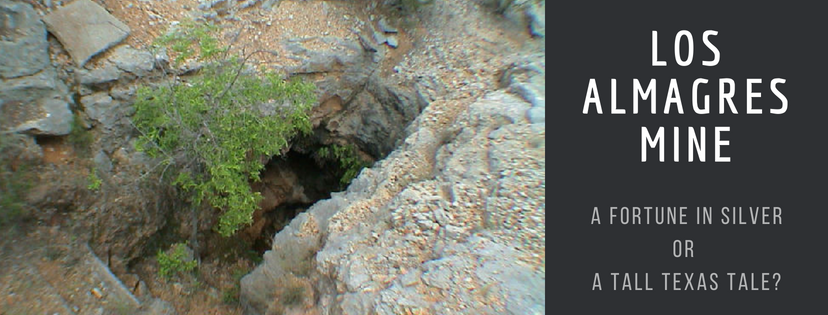



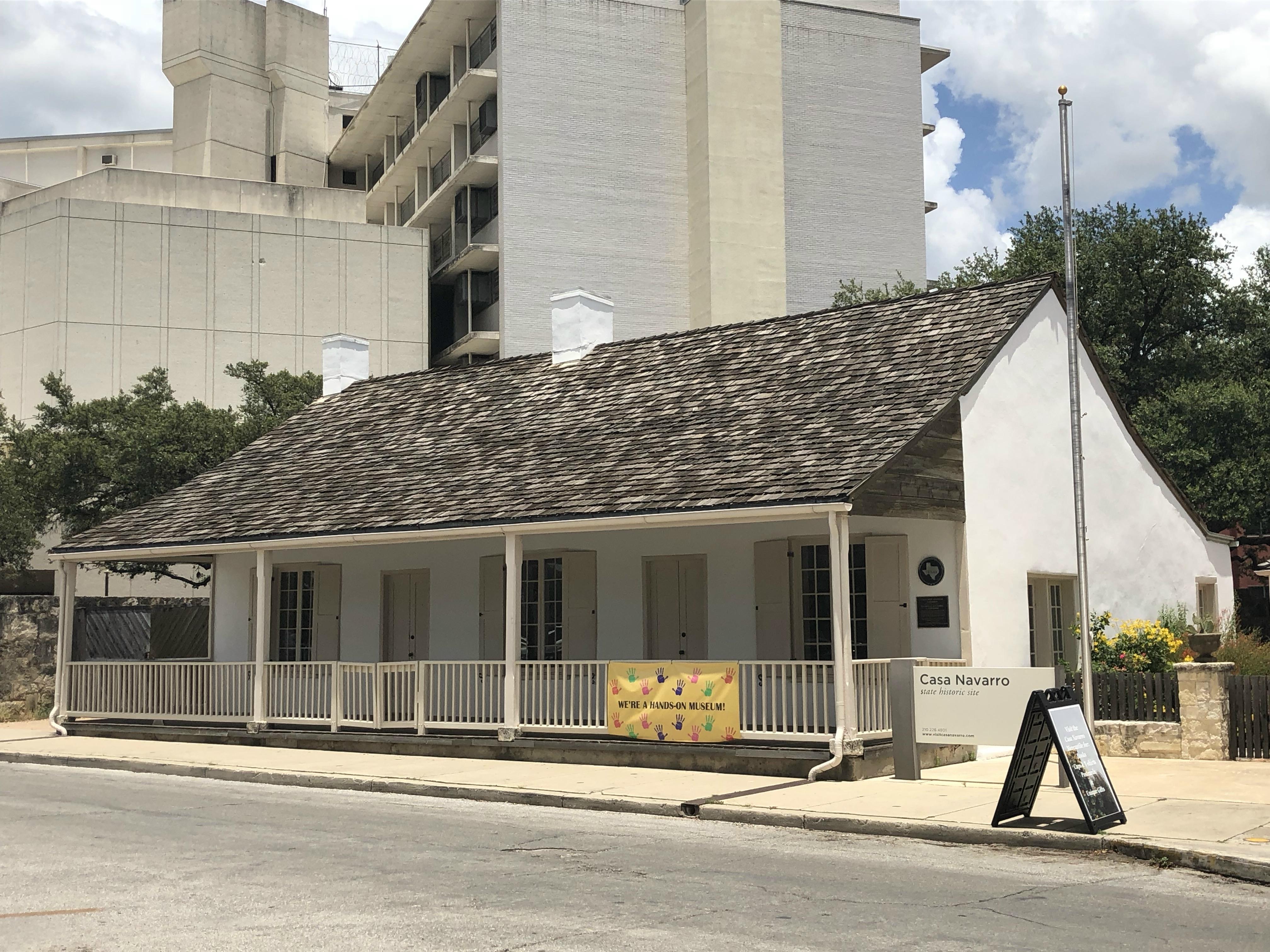 My family and I recently took a vacation to the Hill Country and spent a day in San Antonio. I’m not really a fan of big cities, but San Antonio is a great place to visit, as there are so many historic locations to see there. Over the years, I’ve probably visited the city at least fifty times, but we still manage to find interesting sites that we have never been to. Don’t get me wrong, the River Walk and the Alamo are still must-see destinations that I love going back to, but it’s always nice to discover that hidden treasure that has somehow been overlooked. On this trip that hidden treasure was the Casa Navarro State Historic Site.
My family and I recently took a vacation to the Hill Country and spent a day in San Antonio. I’m not really a fan of big cities, but San Antonio is a great place to visit, as there are so many historic locations to see there. Over the years, I’ve probably visited the city at least fifty times, but we still manage to find interesting sites that we have never been to. Don’t get me wrong, the River Walk and the Alamo are still must-see destinations that I love going back to, but it’s always nice to discover that hidden treasure that has somehow been overlooked. On this trip that hidden treasure was the Casa Navarro State Historic Site. Jose Antonio Navarro was a leading citizen and advocate of early Texas. He was self-educated, becoming an expert in the law of the Mexican colony, and was one of the first supporters of Stephen F. Austin and his plan to colonize the mostly uninhabited land. During the fight for Texas Independence, he was a soldier, statesman, and voice for the cause, keeping the spark burning during the dark days after the fall of the Alamo and Goliad. At Washington-On-the-Brazos, he was one of the signers of the Texas Declaration of Independence, and later signed the Constitution of the Republic of Texas. His work didn’t stop once Texas won its independence, in fact, that was merely where his service began. He served as a representative for the Republic of Texas and as a State senator after the state was annexed by the United States, helping to draft the state constitution. Navarro doesn’t get the recognition of a Crockett, Houston, or Bowie (who was his nephew by marriage), but the work that he did was vital to not only independence, but also to the building of everything that Texas became after.
Jose Antonio Navarro was a leading citizen and advocate of early Texas. He was self-educated, becoming an expert in the law of the Mexican colony, and was one of the first supporters of Stephen F. Austin and his plan to colonize the mostly uninhabited land. During the fight for Texas Independence, he was a soldier, statesman, and voice for the cause, keeping the spark burning during the dark days after the fall of the Alamo and Goliad. At Washington-On-the-Brazos, he was one of the signers of the Texas Declaration of Independence, and later signed the Constitution of the Republic of Texas. His work didn’t stop once Texas won its independence, in fact, that was merely where his service began. He served as a representative for the Republic of Texas and as a State senator after the state was annexed by the United States, helping to draft the state constitution. Navarro doesn’t get the recognition of a Crockett, Houston, or Bowie (who was his nephew by marriage), but the work that he did was vital to not only independence, but also to the building of everything that Texas became after. The Casa Navarro State Historic Site is the property that Navarro purchased in 1832 and consists of three structures, one of which was his original home site, and is situated on 1.5 acres. The site is not only an example of how homes in the mid-nineteenth century were constructed, but it also gives a wonderful insight into a man who gave much to this wonderful state. Other than the original home, which was built in 1856, there is a two-story building that many believe served as his law office and a store, and another single-story structure called the kitchen, though there is some doubt as to whether that was ever its function.
The Casa Navarro State Historic Site is the property that Navarro purchased in 1832 and consists of three structures, one of which was his original home site, and is situated on 1.5 acres. The site is not only an example of how homes in the mid-nineteenth century were constructed, but it also gives a wonderful insight into a man who gave much to this wonderful state. Other than the original home, which was built in 1856, there is a two-story building that many believe served as his law office and a store, and another single-story structure called the kitchen, though there is some doubt as to whether that was ever its function.

